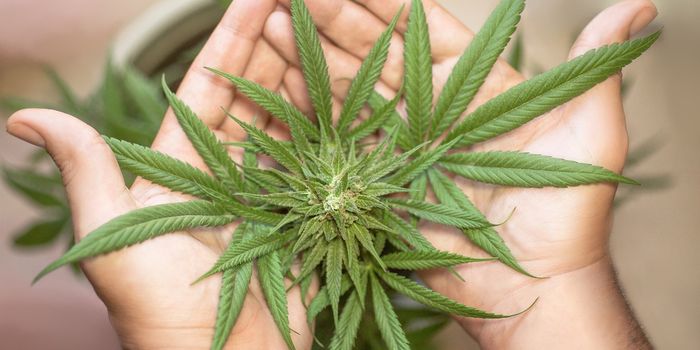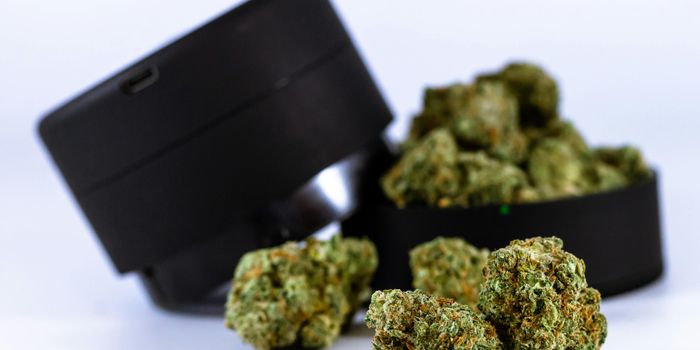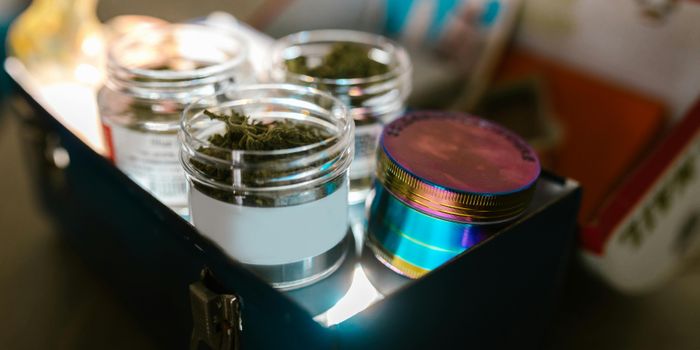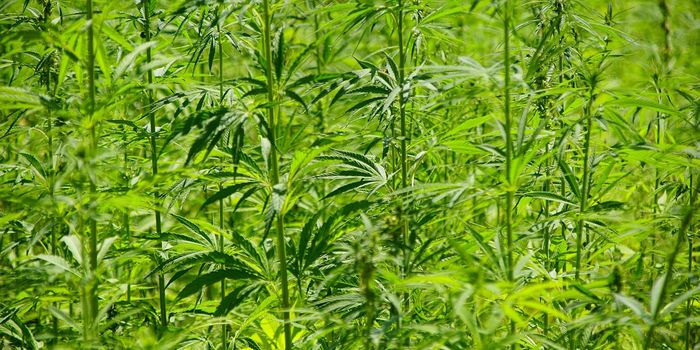Adverse Delta-8 Incidents Higher in States Without Legal Cannabis
A study published in the Journal of Medical Toxicology compared incidents of adverse Delta-8 effects in states with and without legal cannabis. States without legal laws demonstrated significantly higher rates of adverse events attributed to delta-8 products. Delta-8 is a hemp-derived cannabinoid that produces a slight psychoactive effect, and various studies have indicated that Delta-8 use has increased in many states, especially in states where cannabis is still prohibited. Since Delta-8 products are not consistently or closely unregulated in many states, these products often differ in quality and potency.
Ohio State University College of Medicine researchers analyzed 4,925 incidents involving delta-8 THC. Individuals reported these health risk incidents to U.S. poison control centers between January 2021 and December 2022. The research team hypothesized that the lack of clear Delta-8 regulatory policies may have increased the adverse event rates.
The study showed that exposure rates per 100,000 people increased by 79.2% from 2021 to 2022. In 2022, states with legal cannabis use showed a mean rate of 1.64 delta-8 THC exposures per 100,000 population, while the rate was 0.52 in states where cannabis use was legal. The study found that 69.8% of the reported exposures occurred in the southern United States.
The study indicated that roughly 38.6% of exposures resulted in patients experiencing minor effects, 35.6% experiencing moderate effects, and 2.9% had severe effects. One fatality, a 2-year-old boy, is still pending further review. Healthcare professionals treated and released 52% of patients experiencing adverse effects, while 15.5% required hospital admission. Pediatric patients (6 years and younger) comprised 50% of noncritical care admissions and 57.8% of critical care admissions.
The study highlights a critical need for more consistent and clear Delta-8 regulation in all states. The findings suggest targeting specific populations and developing region-specific types of population-based prevention interventions may effectively minimize adverse incidents.
Sources: Green Market Report, Journal of Medical Toxicology








